Embryo/endosperm separation through formation of an extra-cuticular sheath at the embryo surface
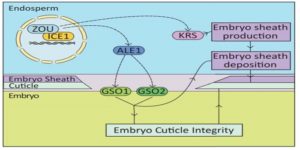 Following double fertilization, the embryo and the endosperm form within a developing seed. In Arabidopsis, the endosperm is somewhat transient, as most of the space it occupies is eventually taken over by the embryo. The question of how the embryo pushes aside the endosperm has not been fully clear. Previous studies showed that the surface of developing embryo incorporates an epitope recognized by the monoclonal antibody JIM12. Moussuet et al. observed that this epitope is lacking in zou mutants of the transcription factor ZHOUPI, and that the endosperm sticks to the embryo, and that zou mutants are lacking an extracellular layer over the embryo cuticle that they describe as the embryo sheath. Transcriptional targets of ZHOUPI include a gene encoding a Cys-rich peptide that they named KERBEROS “after the mythical guardian of the underworld who separates the dead from the living.” Sheath formation appears to be necessary for proper seperation of the embryo and endosperm. Plant Cell
Following double fertilization, the embryo and the endosperm form within a developing seed. In Arabidopsis, the endosperm is somewhat transient, as most of the space it occupies is eventually taken over by the embryo. The question of how the embryo pushes aside the endosperm has not been fully clear. Previous studies showed that the surface of developing embryo incorporates an epitope recognized by the monoclonal antibody JIM12. Moussuet et al. observed that this epitope is lacking in zou mutants of the transcription factor ZHOUPI, and that the endosperm sticks to the embryo, and that zou mutants are lacking an extracellular layer over the embryo cuticle that they describe as the embryo sheath. Transcriptional targets of ZHOUPI include a gene encoding a Cys-rich peptide that they named KERBEROS “after the mythical guardian of the underworld who separates the dead from the living.” Sheath formation appears to be necessary for proper seperation of the embryo and endosperm. Plant Cell



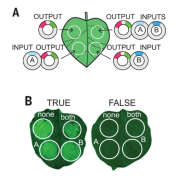

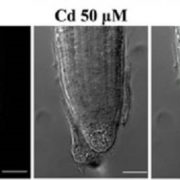
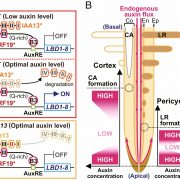
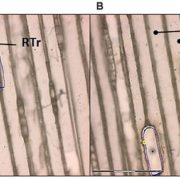


Leave a Reply
Want to join the discussion?Feel free to contribute!